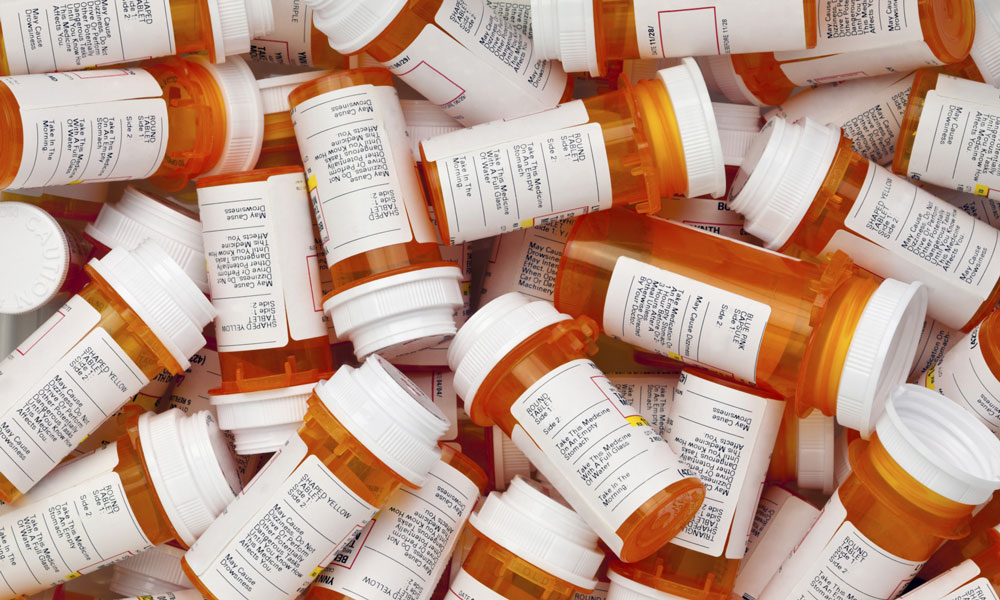
Medical Association: End Advertising for Prescription Drugs
The American Medical Association this week called for Congress to ban pharmaceutical advertising, arguing it hurt consumers and increased drug prices. The pharmaceutical industry, meanwhile, defended its practices.
Drug ads have long been a common sight on television, helping to turn some types of medicine (hello, Viagra) into household names.
The American Medical Association (AMA), however, wonders if this practice—and the billions of dollars in revenue spent on the those ads—might be doing more harm than good to the public. On Tuesday, the association’s board voted in favor of an advertising ban on such drugs, which the group says play a key role in driving up the price of medicine.
“Today’s vote in support of an advertising ban reflects concerns among physicians about the negative impact of commercially-driven promotions, and the role that marketing costs play in fueling escalating drug prices,” Patrice A. Harris, M.D., the AMA’s board chair-elect, said in a news release. “Direct-to-consumer advertising also inflates demand for new and more expensive drugs, even when these drugs may not be appropriate.”
The association’s move, while a bold step that could play a major role in changing policy, doesn’t carry the weight of law on its own, AdWeek notes. Nonetheless, the AMA’s political clout in Washington—and its 235,000 members nationwide—may give the call enough weight for political candidates to speak up on a major healthcare issue.
On the other hand, the pharmaceutical industry carries weight of its own on the marketing issue. In recent years, the drug industry has made the most of changing regulations to further promote drugs on television and in magazines. A key changing point was the Food and Drug Administration’s 1997 rule change that allowed pharmaceutical marketers to state the drug’s name and what it’s for in a television ad.
Bloomberg reports that Pharmaceutical Research and Manufacturers of America (PhRMA), which represents the drug industry, spent nearly as much on lobbying the federal government last year as the AMA did, with the medical group spending $19.7 million and PhRMA spending $16.6 million.
In comments to the news service, the pharmaceutical group defended the industry’s practices.
“Providing scientifically accurate information to patients so that they are better informed about their health care and treatment options is the goal of direct-to-consumer pharmaceutical advertising,” PhRMA Spokeswoman Tina Stow said in a statement. “Research shows that accurate information about disease and treatment options makes patients and doctors better partners.”
(iStock/Thinkstock)






Comments